 2023-03-09
2023-03-09Hitler once said, "A nation's security cannot rely on the benevolence of others; history always advances on the bayonets, and the world is a survival of the fittest. To survive and uphold dignity, a strong military is necessary."
In the complex landscape of global affairs, each country is a constituent part, experiencing the ebb and flow of geopolitical dynamics. Positive international relations merely serve as a harmonizing factor in a country's journey, but the prosperity and development of a nation are always held within its own hands.
After just three days, one should reassess with a fresh perspective. From 1949 to the present, China has created an economic miracle in over 70 years, astonishing many nations worldwide.
As the world's second-largest economy, China's future development is promising. However, in Africa, Ethiopia is referred to as the second China. Over the past decade, Ethiopia has experienced rapid economic growth, leading some to speculate that it is replicating China's economic miracle.

The rise of Ethiopia
On January 18th of this year, the International Monetary Fund made a prediction about the future world economic situation: a new round of economic recession is imminent. Data indicates that the growth rate of the world economy has declined over the past year, reaching the lowest level in the last decade. However, this data does not mark the nadir of global economic development.
Despite the inevitably rapid economic decline in most countries worldwide, some nations continue to shine. Ethiopia's economic growth rate has reached 8.1%, and Rwanda's economic growth rate is 8%, both of which are located in the African region.

In the collective perception, Africa is often seen as an economic hardship area. The achievements of Ethiopia and Rwanda are truly commendable. How did Ethiopia find the right path to development amid a challenging environment, breaking through economic weakness, and achieving a robust rise?
What was Ethiopia like a decade ago? There were no skyscrapers, no convenient transportation, and the most developed city was only on par with a village in China. In the eyes of many, the entire Ethiopian national economy couldn't even match the economic output of a single city in a developed country.
Ten years later, what is the current state of Ethiopia? It has become the second most populous country in Africa. Four years ago, Ethiopia's GDP surpassed Kenya, ascending to the position of East Africa's largest economy. Ethiopia's leap forward fills its people with immense pride, and they maintain a strong sense of hope for the future.
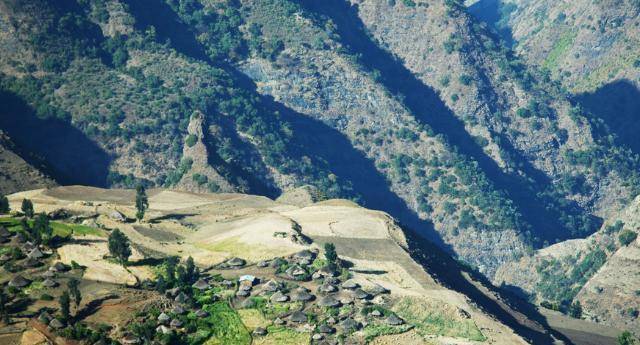
Ethiopia's domestic economic development is significantly supported by foreign investments. As a populous nation with a population of 100 million, it boasts abundant cost-effective labor. Situated at the center of Africa, its geographical location provides numerous opportunities for economic collaboration. With vast and affordable land, it is considered a paradise for many investors.
10 years ago, Ethiopia's fiscal deficit caused considerable anxiety among its citizens. However, with economic development, the fiscal deficit has decreased from the original USD5.3 billion to USD4.5 billion, providing a solid foundation for Ethiopia's subsequent growth.
In a continent generally marked by poverty, Ethiopia's development injects new vitality into the entire region, creating a sense of anticipation.
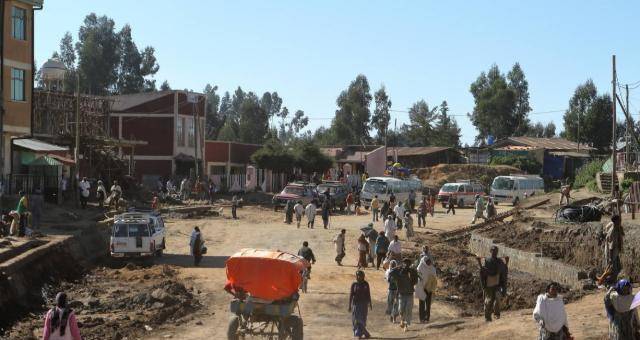
Replicate the China Miracle?
US experts once analyzed that Ethiopia may become a country similar to China, considering its remarkable achievements to date. Many foreigners speculate whether Ethiopia, in ten years, could replicate China's economic miracle and become the next China.
People draw parallels between Ethiopia and China not only because they both achieved economic miracles in a short period but also because their development models are strikingly similar. In other words, Ethiopia has, to a large extent, borrowed from China's development model.
In 1991, faced with resource shortages and insufficient foreign reserves, Ethiopia's economic development was severely constrained. At that time, China was also exploring new economic development models, and Ethiopia envisioned its national blueprint based on China's example.

On one hand, Ethiopia heavily invested in infrastructure construction, fundamentally reducing hardware obstacles to economic development. Simultaneously, Ethiopia vigorously developed the manufacturing industry, maximizing its advantage as a developing country.
On the other hand, government intervention in the economy is an experience Ethiopia has drawn from China. Ethiopia's government has formulated an economic development plan, supporting both state-owned enterprises and nurturing private enterprises. This series of operations closely resembled China's economic development model, leading people to refer to Ethiopia's approach as the "Chinese model."
China is Ethiopia's largest foreign investor and trade partner. In Addis Ababa, the capital of Ethiopia, there is a skyscraper towering 100 meters high, serving as a crucial hub for African politics and economics, namely the Conference Center of African Union.
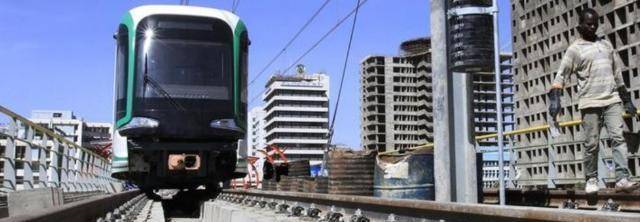
To construct this grand skyscraper, China dispatched excellent construction companies. The Conference Center of African Union cost USD300 million and stands as a well-deserved landmark.
Currently, Ethiopia's capital light rail has been put into operation with assistance from China. Built by China Railway No. 2 Engineering Croup Co,. Ltd., the project cost USD475 million. The construction of this mainline, completed according to China's strict standards, with a total length of 31.025 kilometers, only took 3 years.
From the construction of the light rail to its operation, China has played a crucial role throughout. Ethiopia has established a convenient transportation network, with 70% of it manufactured by China.
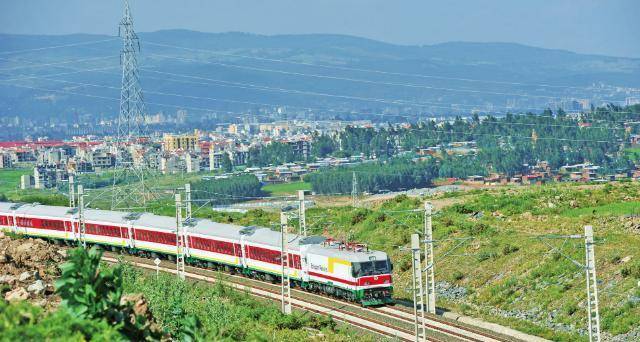
Africa's first modern electrified railway, with a total length of 760 kilometers, has played a significant role since its successful construction with assistance from China. Ethiopia is deeply grateful to China, referring to this railway as a new monument of China-Africa friendship.
Simultaneously, Ethiopia and China have collaborated in the energy sector. China's Gezhouba Group contracted the construction of the Tekeze hydropower station's double-curvature arch dam in Ethiopia, and this part was the most challenging in the construction of the entire hydropower station, often referred to as Africa's Three Gorges Project.

Five years ago, Ethiopia completed the Gibe hydropower station (Phase III), with China responsible for related equipment and metal structures. As expected, the Chinese team successfully completed the task with superior technology and remarkable speed. This hydropower station can generate 1.87 million kilowatts of electricity, holding great significance for Ethiopia.
China places great importance on establishing a cooperative relationship with Ethiopia. Huajian International Light Industry City has invested USD1 billion to establish businesses in China. The Huajian Group plans to build a shoe factory in Ethiopia, minimizing costs by leveraging local cheap labor and land resources. Meanwhile, China is sending personnel to manage the enterprise.
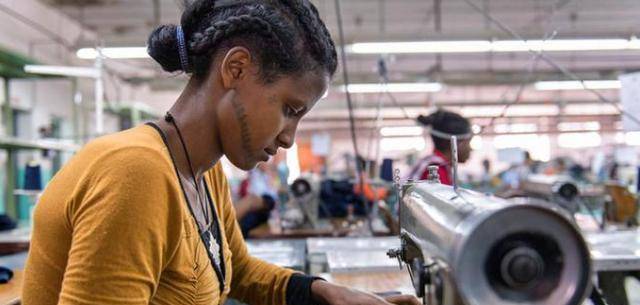
The establishment of this transnational consortium is a win-win for both Ethiopia and China. Chinese enterprises have reduced costs, and Ethiopia has gained more employment opportunities, infusing continuous vitality into the country.
In December last year, Ethiopia successfully launched a satellite, marking a qualitative leap in its scientific and technological capabilities. In the realm of scientific research, Chinese aerospace enterprises have rendered substantial assistance to Ethiopia.
The successful satellite launch elicited cheers nationwide, with Ethiopian officials stating that it would be the foundation of their historical prosperity.
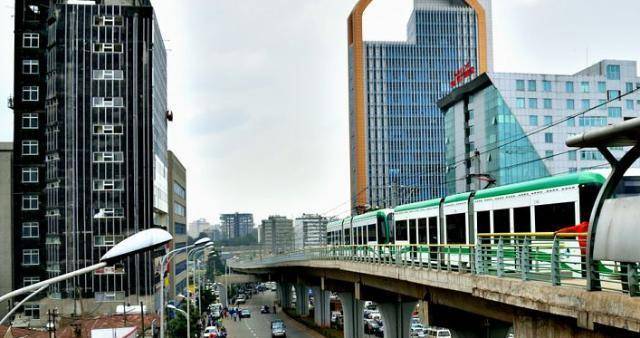
The inimitable China Miracle
The rapid economic development of Ethiopia has attracted widespread attention, with some boldly claiming that Ethiopia, maintaining this economic growth, is on the verge of surpassing China. Is this assertion true?
In the eyes of Ethiopians, surpassing China is not an impossibility. Ethiopians have long held a strong sense of superiority and pride.
In modern times, while Western capitalist countries aggressively expanded abroad, numerous regions fell victim to colonization, even China. However, Ethiopia stands out as one of the only two African countries that were never colonized. The glorious history of Ethiopia instills its people with abundant confidence.
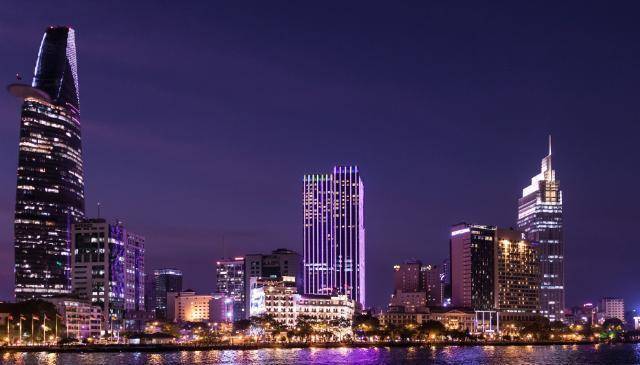
Despite the optimism of the Ethiopian people, the harsh realities of the world have reminded them that China's economic miracle is unreplicable. Meanwhile, Ethiopia's internal development also faces a series of social issues.
Despite Ethiopia's economic growth surpassing expectations, it has not propelled them into the ranks of developed nations. Regrettably, Ethiopia remains one of the world's poorest countries, with a per capita GDP of only USD740, while China's per capita GDP has exceeded USD8,000.
Currently, China's development structure across the primary, secondary, and tertiary industries has become rational, transitioning from an industrial nation to an industrial powerhouse. In contrast, Ethiopia remains a primitive agricultural country.

Ethiopian published data reveals that the agricultural output constitutes 40% of the entire national production value. Despite a decrease compared to a decade ago, it is undeniable that Ethiopia's industrial structure remains considerably underdeveloped.
Ethiopia's income has increased, and the living standards of its people have improved. However, the majority still engages in agriculture and animal husbandry. In other words, Ethiopia has a very low urbanization rate, and modernization remains a distant goal. Industrial output accounts for only 15%, and a country lacking industrial support cannot become a world power.
Ethiopia's urban development is on the agenda, but progress has not been as expected. Ethiopia is expanding its capital vigorously to enhance the economic radiation effect. New commercial districts are taking shape.
The Ethiopian government has overseen the construction of numerous residential complexes to improve the living environment. However, China had accomplished all these measures exceptionally well over a decade ago.
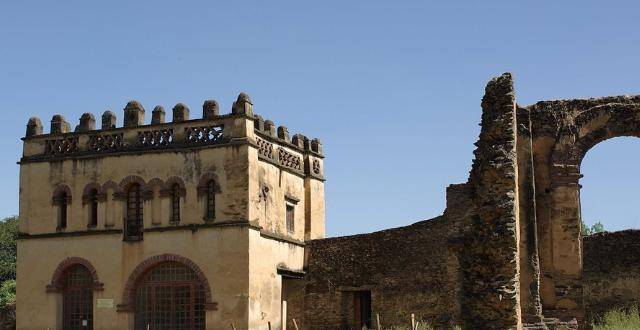
China, often juxtaposed with Ethiopia, is currently undergoing what kind of circumstances?
In 1966, when China's economic growth was still slow, the total industrial output value had already surpassed agricultural output value, and the gap between industry and agriculture continued to widen. In other words, China transformed from an agricultural nation to an industrial powerhouse.
Currently, China is accelerating the process of urbanization, and in pursuit of regional development integration, we have put forward the strategies of rural revitalization and the vision of comprehensive moderately prosperity.
After a long effort, China's poverty alleviation campaign has entered the decisive phase, with the majority of the population achieving comprehensive poverty alleviation. Many impoverished counties have removed their poverty-stricken labels, presenting a thriving scene nationwide. The Chinese people now bid farewell to the poverty of the past.

Over the past decade, Ethiopia has achieved an economic miracle. As the subject of comparison, China has also greatly benefited from this progress. Firstly, the national context is the fundamental determinant of a country's strategy. The implementation of all work must conform to the basic national context. While many believe that Ethiopia copied China's development model, this to some extent diminishes the deterrence of national determinism. However, the reality is different.
Ten years ago, Ethiopia shared significant similarities with China, both being developing countries, agricultural giants, populous nations, and facing immense pressure in intense international competition. The economic development model of China brought enormous benefits to Ethiopia because China's path, explored based on its national context, also suited Ethiopia's national conditions.

However, the gap between Ethiopia and China is widening. If the Ethiopian government wishes to continue copying China's development model, it will inevitably deviate from reality, leading to futile efforts.
Secondly, international relations are built around interests, with no eternal friends or enemies. Ethiopia and China have established a friendly relationship, resulting in a win-win result for both countries. Mutual cooperation has facilitated their own rapid development, making this friendly relationship a successful endeavor.
However, the international situation is turbulent, and the future path remains uncertain. Regardless of the future relationship between Ethiopia and China, the sentiments of mutual support in the past are already engraved in the hearts of the people of both countries.
Chinese and Ethiopian people should strive to maintain this relationship without compromising their own interests, ensuring that the relationship between the two countries develops in a friendly direction.
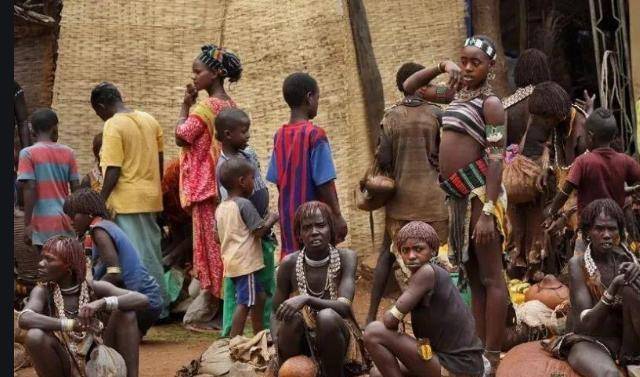
Lastly, the trend of development is always forward. China has now achieved remarkable achievements, but there is no turning back. From a semi-colonial and semi-feudal society subjected to exploitation, China has experienced much pain and struggle. The current monumental changes are the result of generations pouring their blood and tears.
Taking over the relay baton from our predecessors, we should let it shine as brilliantly as before. As a significant participant in the international community, China never competes with anyone. Our only adversary is ourselves.
The international situation is in flux, and each country strives for its own development. The future international landscape, the identity of future world powers, and the future development paths are all eagerly anticipated.
